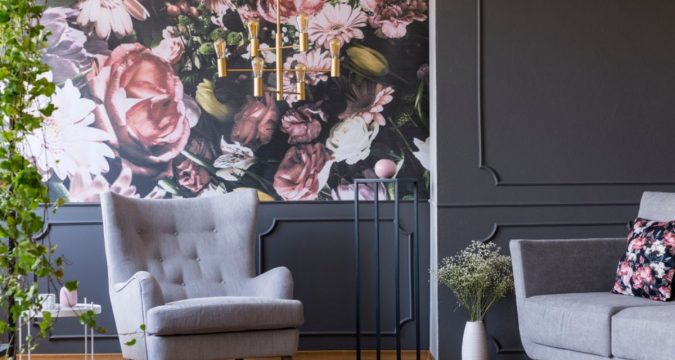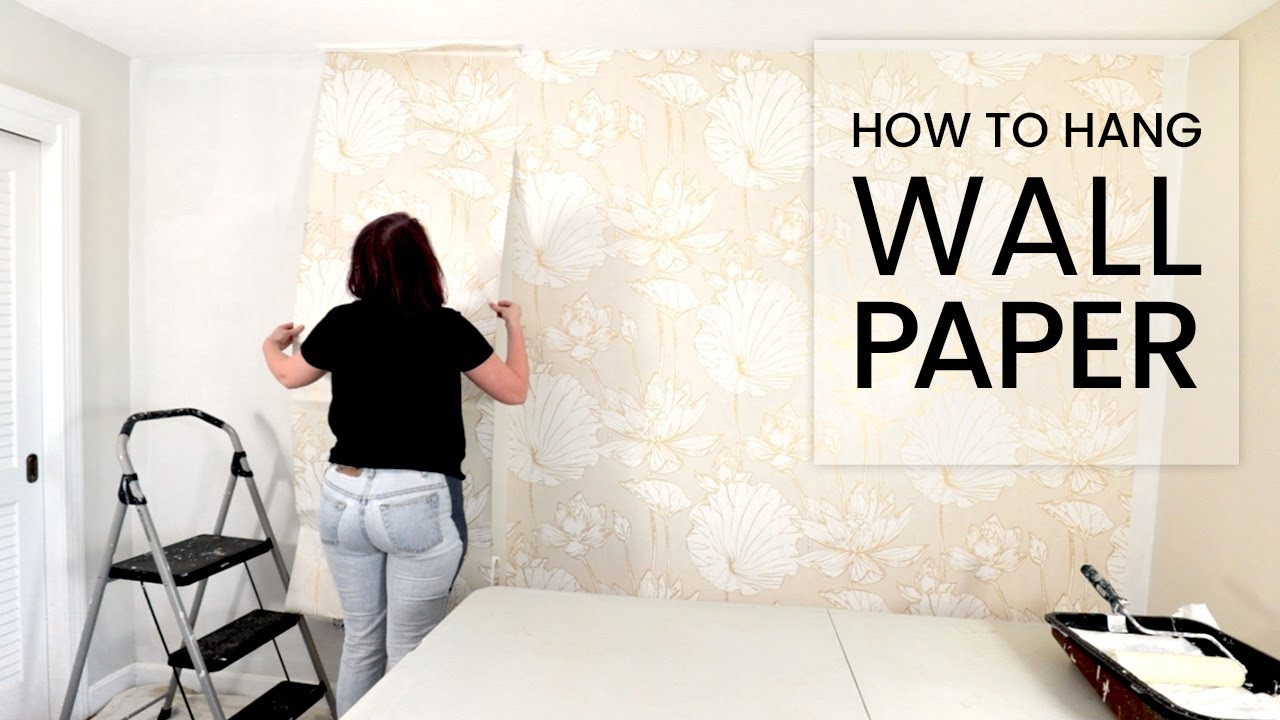
Wallpaper installation near me.
If you’re looking for a professional wallpaper installer near you, be sure to check out the businesses listed on this site. With years of experience in the industry, they are sure to provide quality services and results.
How to find a wallpaper installer?
If you’re looking for a wallpaper installer, there are a few things you can do to find a reputable one. First, ask your friends and family if they know of anyone who does wallpaper installation. Chances are, someone you know has had wallpaper installed at some point and can recommend a good installer. You might want to try wallpaper installation in Brisbane, they are well-known wallpaper installers that you can trust.
Another option is to search online for wallpaper installation companies in your area. This will give you a good idea of what’s available and help you narrow down your choices. Once you’ve found a few potential installers, be sure to read reviews from past customers to get an idea of their quality of work.
Finally, when you’ve found a few good options, contact the companies and schedule an estimate. This will give you a chance to meet with the installer and see their work firsthand. Be sure to ask plenty of questions so that you can make an informed decision about which company is right for you.
What to look for in a wallpaper installer?
When it comes time to install wallpaper in your home, you want to be sure to find a qualified installer who will do the job right. Here are some things to look for when choosing a wallpaper installer:
- Experience. A good wallpaper installer will have plenty of experience installing all types of wallpaper, from simple patterns to more complicated murals. Ask for references and check out online reviews to get a sense of the installer’s work.
- Attention to detail. A good installer will take care of measuring and cutting the wallpaper, as well as matching patterns and colours. They should also be able to install the wallpaper smoothly without any bubbles or wrinkles.
- Wallpaper knowledge. A good installer should know about different types of wallpaper and their installation requirements. They should be able to advise you on which type of wallpaper would best suit your needs and budget.
- Professionalism. A professional installer will show up on time, dressed appropriately, and ready to work diligently until the job is done right. They should also clean up after themselves and leave your home as they found it – or even better!
- Reasonable rates. Be sure to get several estimates before choosing an installer, but don’t necessarily go with the cheapest.
The benefits of wallpaper installation.

Wallpaper installation might seem like a daunting task, but the benefits are numerous. Wallpaper can add both texture and colour to a room, and it can also help to hide any imperfections in the walls. Additionally, wallpaper is relatively easy to install compared to other types of wall coverings, and it can be removed just as easily if you ever decide to change up your décor.
The best time to install wallpaper.
Wallpaper can add both personality and texture to a room, and the best time to install it is when you’re looking to give your space a fresh new look. Whether you’re starting from scratch or covering up old wallpaper, the process is relatively simple and straightforward.
To install wallpaper, you’ll need to gather some supplies including paperhangers tools like a straight edge, level, plumb line, and utility knife; as well as painter’s tape, a bucket of spackle or joint compound, sandpaper, a ladder, and of course your wallpaper roll (or rolls). Once you have everything gathered, follow these steps:
- Start by removing any old wallpaper. If there are multiple layers of wallpaper or the previous layer is in bad shape, you may need to use a chemical stripper. Be sure to follow the manufacturer’s instructions carefully when using strippers as they can be dangerous.
- Once the old wallpaper is gone (or if there was no old wallpaper, to begin with), repair any holes or cracks in the walls with a spackle or joint compound. Allow the area to dry completely before moving on.
